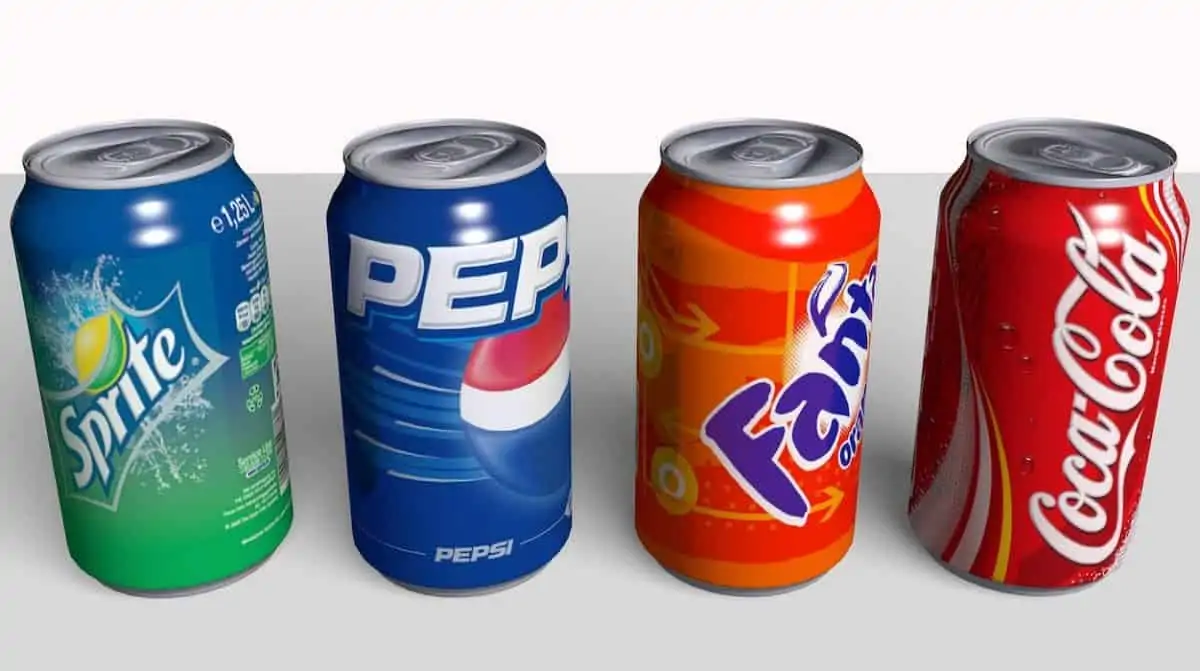A recent report shared by Oracle reveals that about 76 percent of restaurant owners say that using robots for food quality checking is appealing, according to an article on Brookings. Technology has had a significant impact on every aspect of our lives, from how we communicate to how we drive, including the food and beverage industry.
And now tech innovations are changing how food is grown, processed, and bought. However, to enjoy the benefits technology offers, the food sector should use it appropriately.
For example, food companies should use sensors for automation and measurement applications to improve quality control in food manufacturing. Robotics can help enhance processes like packaging and safety control, while blockchain helps in traceability.
So, whether you run a food processing plant or restaurant, here are ways technology is transforming the food and beverage industry.
Improve customer experience
Delicious food, a pleasant environment, and quality customer service are essential aspects of an unforgettable restaurant experience. Nonetheless, most restaurateurs agree that incorporating technology in the restaurant is vital for improving efficiency and the customer experience.
For instance, using digital menu boards in your restaurant allows customers to view available offers, place and send orders to the kitchen directly. Note that this technology doesn’t replace human waiters. It creates more time for them to engage with guests to make their stay more pleasant.
Digital menu boards also reduce manual errors in the kitchen because orders placed directly by customers are accurate. Other technologies that improve customer experience in restaurants include bill splitting apps, online reservations, and self-service kiosks. If you want to add this technology to your restaurant, the Multitouch Appstore has the ideal software for your touchscreen kiosk.
Remote ordering
Placing online orders has never been easy, thanks to the availability of food ordering and delivery apps like Deliveroo, Ubereats, and Menulog. These mobile apps allow you to order your favorite food and have it delivered to your doorsteps. Plus, you can pay online or upon delivery, depending on the sellers’ preferences. These apps offer many benefits not only to consumers but also restaurant owners.
By providing new online ordering systems for Restaurants, their owners enjoy increased online visibility, customer satisfaction, and reduced expenses. However, to enjoy these perks, restaurants specializing in takeaway services should utilize advanced tools like EPoS. Investing in electronic point of sale systems helps streamline payment processes.
That’s because these tools can easily integrate with delivery apps so that you can monitor the number of remote orders and commissions charged by delivery services.
Provide practical solutions to industry issues
Like any other industry, the food sector faces various issues, such as lack of access to local farm produce, high food waste, increasing demand, and storage. Fortunately, there are technologies that can solve food industry problems, resulting in increased production, quality, and safety.
For example, precision agriculture uses satellite imagery and GPS tracking to monitor weather patterns. The information gathered helps farmers determine when and where to plant their crops to increase yield. Consider the orange juice Supply Chain for instance.
On the other hand, data analytics enables manufacturers to optimize the food and beverage manufacturing process. Data analytics can also help analyze the impact food elements have on our bodies, thus enhancing food safety.
Technology is transforming processes across all industries, and the food sector isn’t an exception. Over the years, food manufacturers and restaurants have embraced technology to enhance productivity, efficiency, food quality, and customer experiences. Popular technologies revolutionizing the food and beverage industry include 3D printing, data analytics, precision agriculture, GMOs, and robotics.

